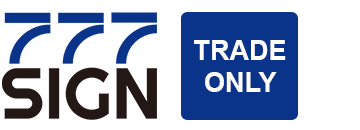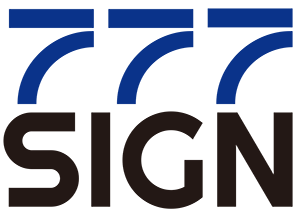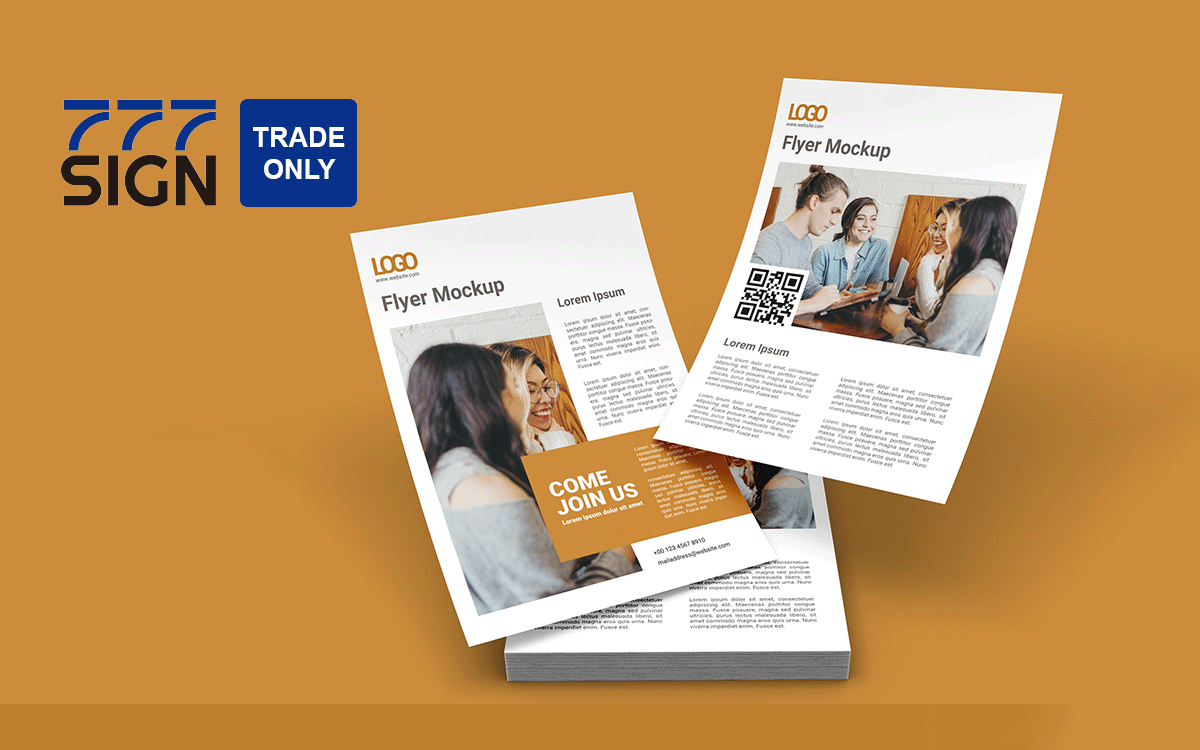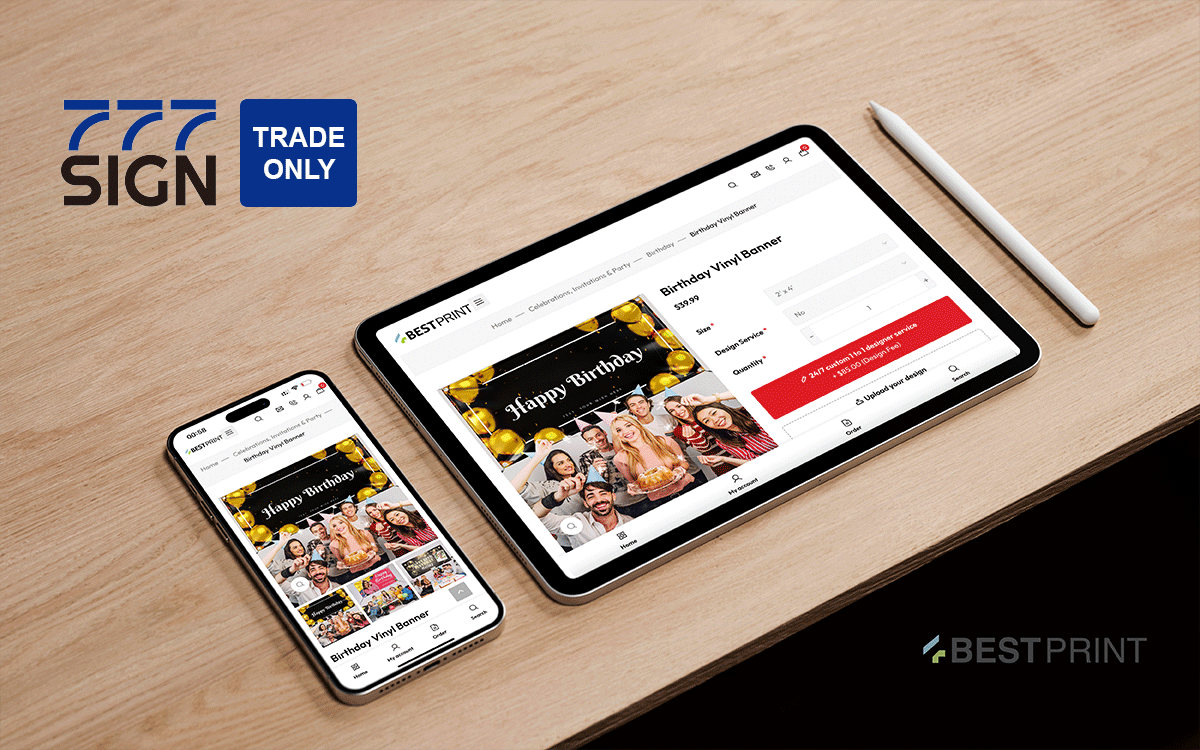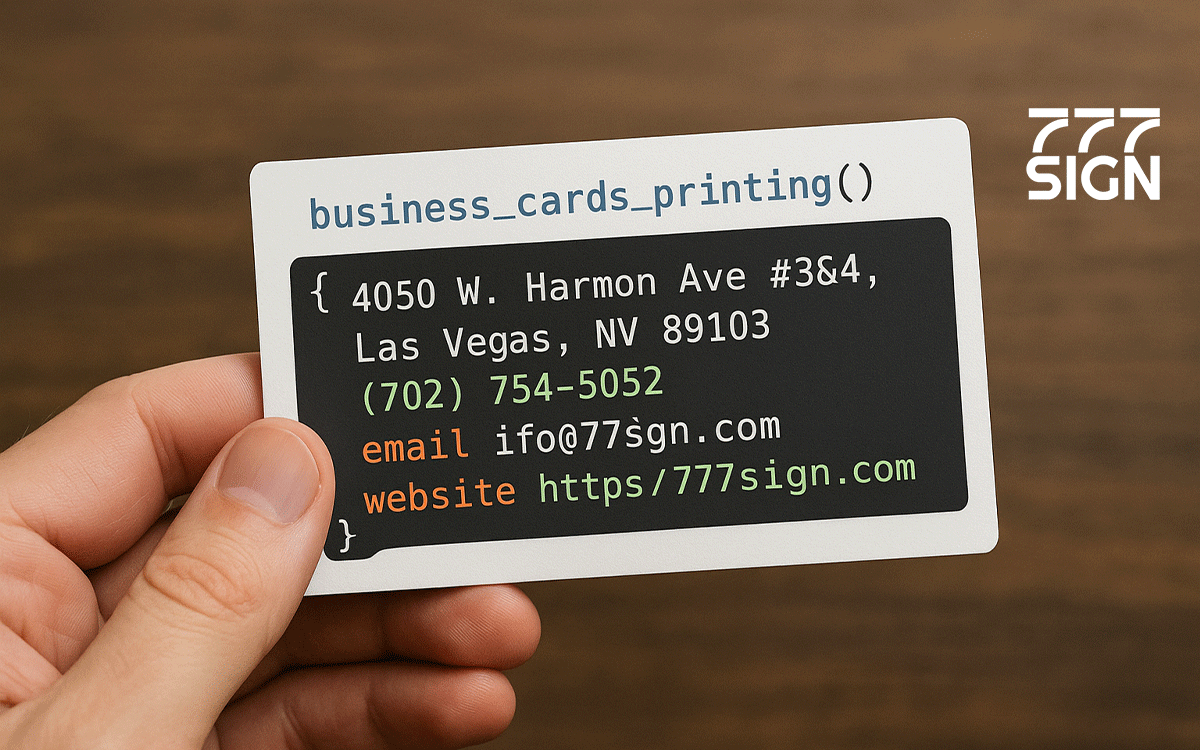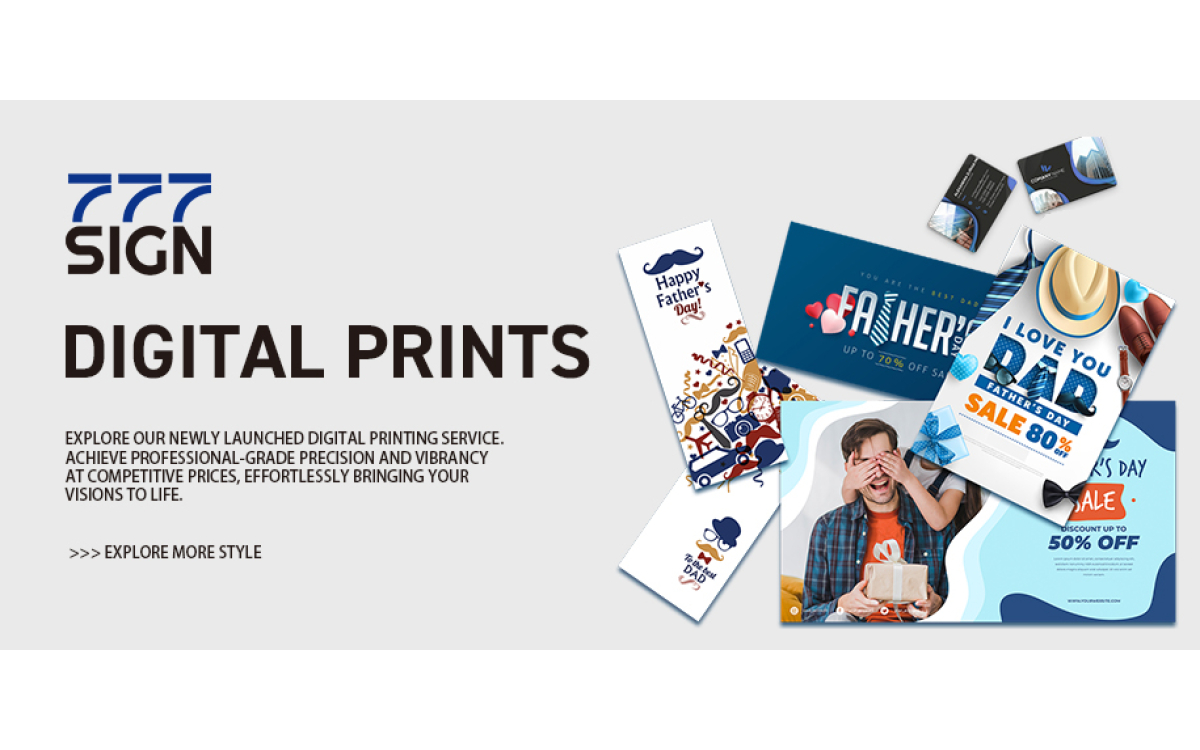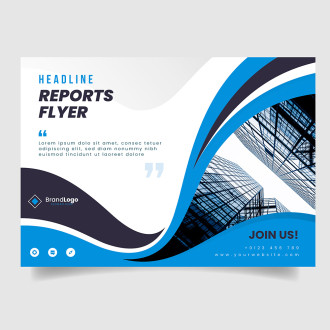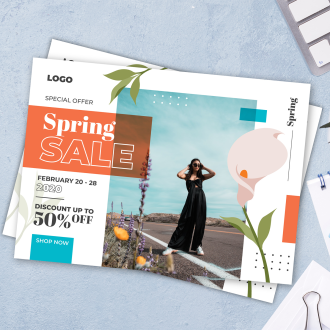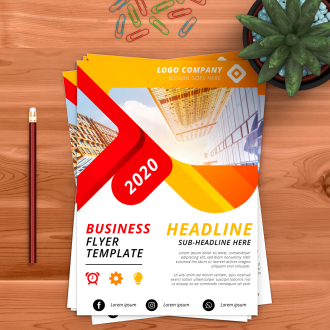I. Introduction to 8.5x11 Trifold Brochures
Definition and Purpose
The 8.5x11 trifold brochure is a prevalent format in print marketing. It features a three-panel design created by folding a single sheet of paper twice. The primary purpose of a trifold brochure is to offer a concise yet comprehensive overview of a product, service, or event, making it an effective means of marketing and communication.
Historical Context and Evolution
The trifold brochure has been a staple in the marketing domain for decades. Its roots can be traced back to the early days of print advertising when businesses sought efficient ways to disseminate information. Over time, the design and production of brochures have undergone significant changes, influenced by advancements in printing technology and shifts in consumer behaviour. Today, tri-folds are utilized for traditional marketing and digital and hybrid campaigns, highlighting their adaptability and lasting relevance.
II. Design Elements of Trifold Brochures
Layout and Structure
The layout of a trifold brochure is crucial to its efficacy. Typically, the front panel serves as the cover, attracting attention with a compelling headline and visual. The inner panels elaborate on the core message, often following a logical sequence that guides the reader through the information. The back panel usually incorporates contact information and a call to action. A well-structured layout ensures that the trifold brochure is easy to navigate and that the message is communicated clearly.
Colour Schemes and Typography
Colour schemes and typography play a significant role in the design of trifold brochures. Colours should align with the brand’s identity and evoke the desired emotional response from the audience. The typography should be legible and consistent, enhancing the overall readability of the trifold brochure. The strategic use of fonts and colours can profoundly impact the appeal and effectiveness of the trifold brochure.
Imagery and Graphics
Imagery and graphics are essential components of a trifold brochure. They provide visual interest and assist in communicating the message. High-quality images and well-designed graphics can capture attention and convey complex information promptly. It is crucial to ensure that all visual elements are relevant to the content and contribute to the overall narrative of the trifold brochure.
III. Printing Options and Techniques
Paper Types and Finishes
The choice of paper and finish can affect the appearance and feel of a trifold brochure. Common paper types include gloss, matte, and uncoated, each offering a distinct aesthetic and tactile experience. Finishes such as UV coating or lamination can add durability and a professional touch. The right combination of paper and finish is vital for achieving the desired impact.
Printing Methods (Digital vs. Offset)
There are two primary printing methods for trifold brochures: digital and offset. Digital printing is ideal for small runs and quick turnaround times, while offset printing is more cost-effective for larger quantities and provides superior colour accuracy. The choice between these methods depends on budget, timeline, and quality requirements.
Cost Considerations
Cost is a significant factor in the production of trifold brochures. Elements influencing cost include the choice of paper, finish, printing method, and quantity. It is important to balance quality with budget constraints to ensure the trifold brochure effectively serves its purpose without exceeding financial limits.
IV. Applications and Uses
Business Marketing
Trifold brochures are widely used in business marketing to promote products and services. They are often distributed at trade shows, included in direct mail campaigns, or displayed in retail locations. Their compact size and informative nature make them ideal tools for engaging potential customers and driving sales.
Educational Settings
In educational settings, trifold brochures disseminate information about programs, courses, and events. They provide a concise overview that is easy for students and parents to comprehend, making them a valuable resource for schools and universities.
Event Promotions
Event organizers frequently utilize trifold brochures to promote upcoming events. These trifold brochures can include details such as the event schedule, location, and registration information, helping to generate interest and encourage attendance.
V. Advantages of Using Trifold Brochures
Portability and Convenience
One of the main advantages of trifold brochures is their portability. Their compact size makes them effortless to carry and distribute, ensuring the message reaches a broad audience. This convenience is particularly beneficial for businesses aiming to maximize their marketing reach.
Cost-Effectiveness
Trifold brochures are a cost-effective marketing tool, mainly when produced in bulk. Their relatively low production cost makes them accessible to businesses of all sizes, providing an affordable means of communicating with potential customers.
Versatility in Messaging
The trifold format offers versatility in messaging, allowing businesses to present various information organizationally. Whether a detailed product description or a simple event announcement, tri-folds can be tailored to different communication needs.
VI. Challenges and Considerations
Design Limitations
While tri-fold brochures offer numerous benefits, they also have design constraints. The limited space requires careful planning to ensure all essential information is included without overwhelming the reader. Balancing text and visuals is crucial for maintaining clarity and engagement.
Environmental Impact
The production of trifold brochures can have an environmental footprint, mainly if not managed sustainably. Businesses should employ recycled paper and eco-friendly inks to minimize their carbon footprint. Additionally, digital distribution options can be explored to reduce paper waste.
Distribution Strategies
Effective distribution is crucial to the success of a trifold brochure campaign. Businesses must identify the most suitable channels for reaching their target audience through direct mail, in-store displays, or online platforms. A well-planned distribution strategy ensures the trifold brochure reaches the intended recipients and achieves its marketing objectives.
VII. Conclusion
Summary of Key Points
The 8.5x11 trifold brochure is a versatile and effective marketing and communication tool. Its compact design, combined with the strategic use of layout, colour, and imagery, enables businesses to convey their message clearly and attractively. With various printing options and applications, tri-folds offer a cost-effective solution for reaching a broad audience.
Future Trends in Brochure Design and Usage
As technology evolves, so will the design and usage of trifold brochures. Future trends may include increased integration with digital platforms, allowing for interactive and personalized content. Additionally, a growing emphasis on sustainability will likely drive innovations in eco-friendly materials and production methods. By staying attuned to these trends, businesses can continue to leverage the power of trifold brochures in their marketing endeavours.
